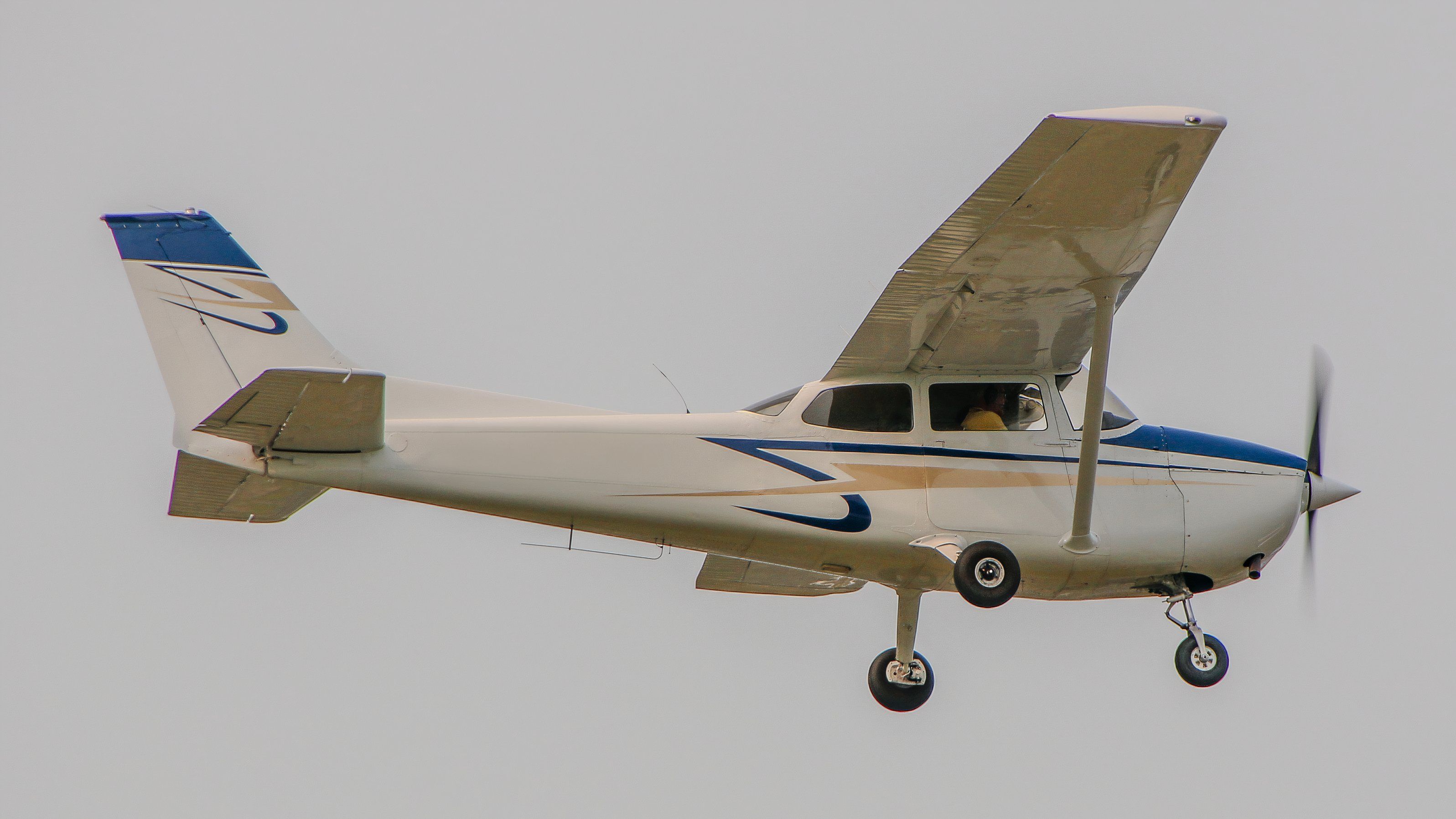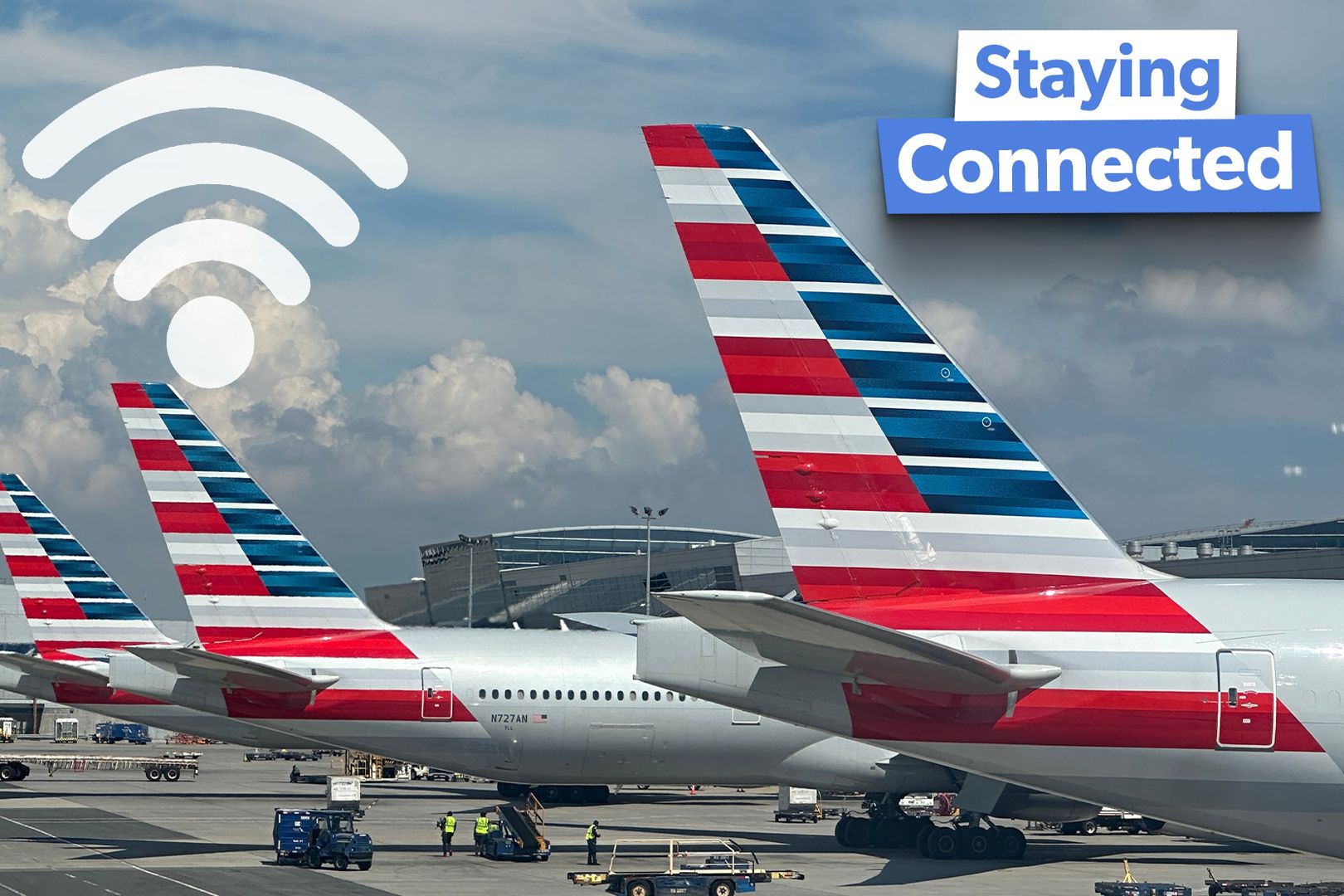Summary Airspace is classified based on factors including air traffic volume, airport complexity, and operational needs. Each airspace class has specific requirements for pilots, including communication, equipment, and weather minimums. Understanding airspace classifications is essential for safe and efficient flight operations.
Airspace classification is a critical component of aviation safety and efficiency. The Federal Aviation Administration (FAA) has established a system to categorize airspace based on factors like air traffic volume, airport complexity, and operational requirements. This structure ensures the safe and orderly flow of air traffic.
This guide delves into the intricacies of airspace classes, from the high-altitude reaches of Class A to the uncharted territories of Class G. These airspaces will, for the most part, be referred to by their phonetic alphabet name. We'll explore the characteristics, requirements, and visual representations of each class, providing a clear understanding of the airspace you'll encounter during flight.
The information and sectional charts provided are subject to change and should not be used for flight training purposes. For the latest details, please refer to the most recent official FAA publications. 1 Class Alpha Not for airports The first airspace is Class Alpha.
It spans all 48 contiguous states and Alaska, including 12 miles offshore, from 18,000 to 60,000 feet above sea level, but never depicted on maps. Remember, "A for Al.


















